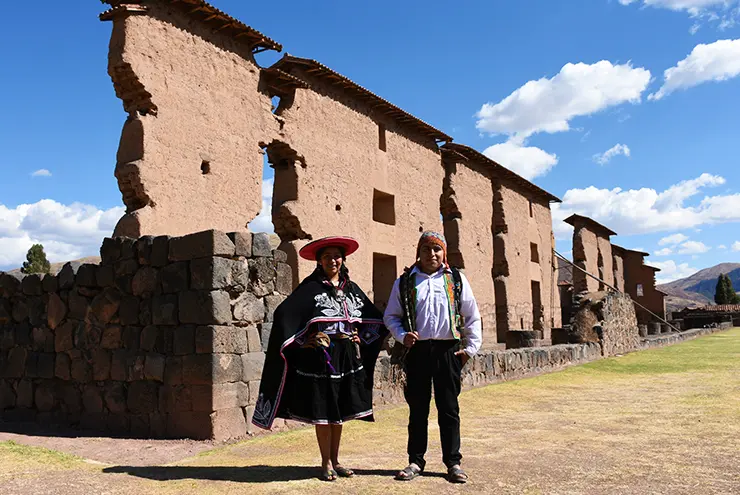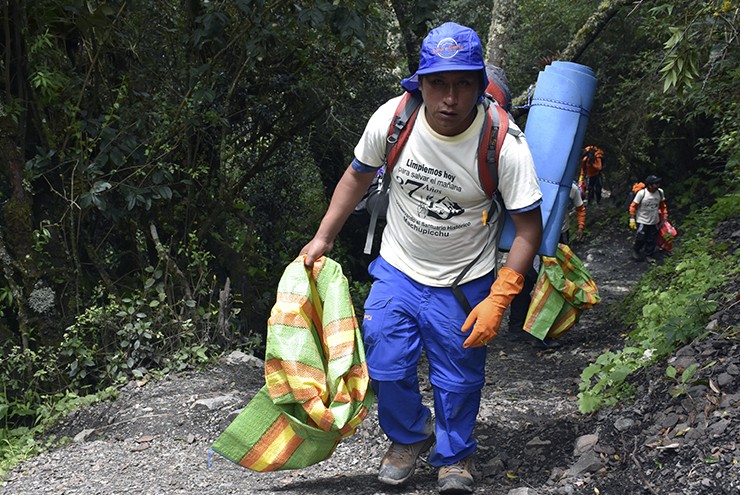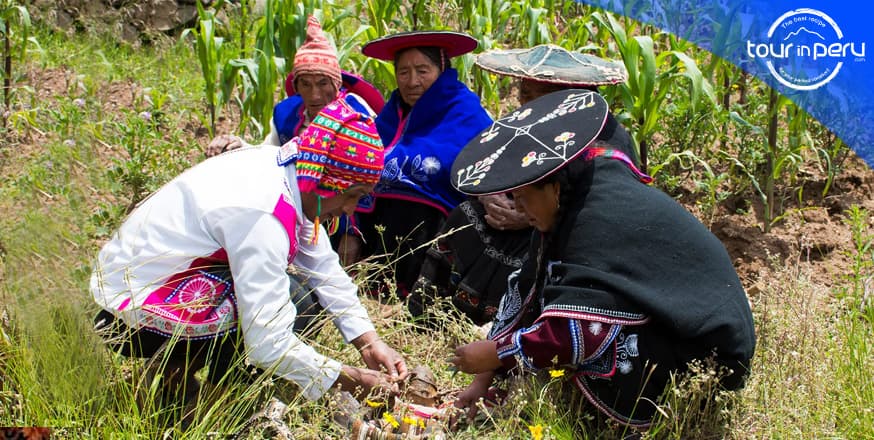Table of Contents
If you found a wallet on the street, you could learn a few things about who dropped it. Besides their name and address, you could get a few indicators of their wealth (cash, credit cards), their organization skills (how packed each pocket is), and what’s important to them (the photos).
The Incas have left a number of artifacts at Machu Picchu before leaving this world. Those precious items don’t tell us the full story, but they give us priceless clues about the Incas and how they lived.
Everyday Life Objects
Items that belonged to royalty are fascinating, but equally as vital are the mundane items that were in the busy hands of servants.
The Incas were in the habit of burying their dead with their personal possessions, which affords us the chance to examine well-preserved items from their world.
These items tell us that while the royalty were hunting, feasting, and worshipping, the help of the house were brewing corn beer, weaving, cleaning, cooking, and even practicing metallurgy.

Ceramics
Since the Incas were a stone-centric people, much of the plates that were used by domestics were earthenware and ceramic.
Aryballos were the frequent cargo of a house servant. An aryballo was a spherical ceramic jar that could be a small flask or it could also be quite large. In a place like Machu Picchu, aryballos probably transported many gallons of chicha, or corn beer that was used for ritual purposes.
Plenty of aryballos had a pointed base so that they could be placed in the ground. These jars didn’t just serve goods to the living. They were also used to carry portions to the dead.
Plates found in Machu Picchu are certainly more than plain earthenware. They reflect a high level of artisanship, displaying colorful depictions of animals and insects. A good many plates were made with handles to accommodate the daily activity of serving food to others.
Some of the plates unearthed are not of the typical Incan style, reflecting the diversity of peoples that lived under the hand of the empire.
Ceramic Pots were key to both serving and cooking. Some pots have been found with a small pedestal that would have allowed the pots to be fully inserted into an oven.
Mortars and pestles have been found that were used to grind up herbs and spices.

Incan Metalwork
Stone was the principal material of tools in Machu Picchu, but there was some level of metallurgy practiced in the citadel.
Bronze found its way into many tools and weapons, including a mace head that was abandoned in the process of being cast. But metal also figured into many gifts that were given to other kingdoms. If you could gift metal, you were a wealthy empire.
One of the more interesting artifacts left behind isn’t the possessions, but the human remains themselves.
Some skulls were unnaturally elongated. Not because they were aliens (that we know of), but because of the practice of artificially modifying the shape of the skull.
Early Spanish chroniclers noted the practice and laws were passed in Peru in 1585, and again in 1752, banning it. The Spanish believed the Inca imposed the custom to make their subjects more docile, but more likely it was a mark of ethnicity and group membership. Particular head shapes may have been seen as aesthetically attractive as well, as in some modern cultures such as the Shipibo of the Amazon basin, who flatter their infants’ foreheads.
It sounds gruesome, but it was easy to do without doing harm to the brain. All it would take was wrapping the head of an infant tightly with cloth until the bones of the skull fused in a particular shape.

There are plenty more secrets of the Incas to discover, some of them you might find for yourself. The only way to know for sure is to book a trip with TOUR IN PERU and visit Machu Picchu!








